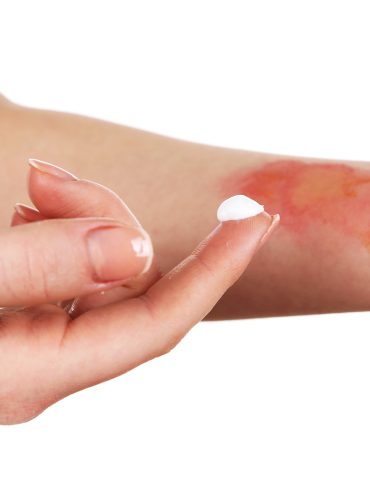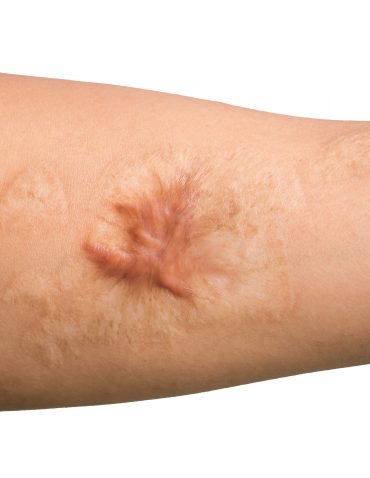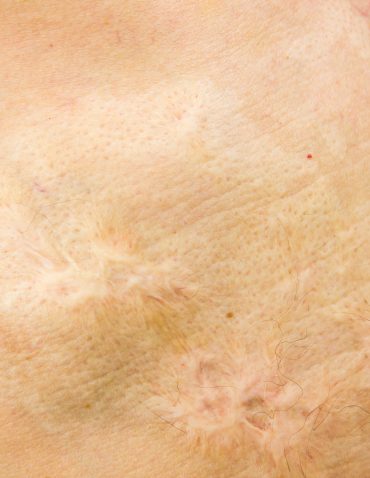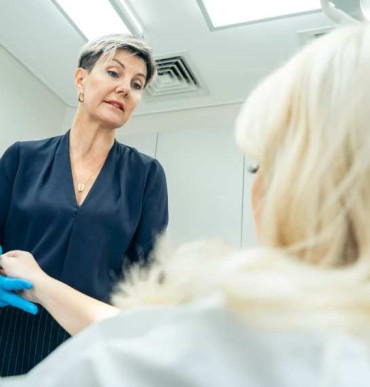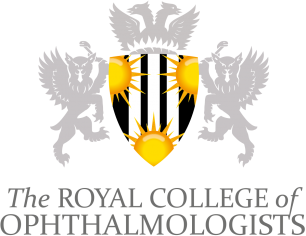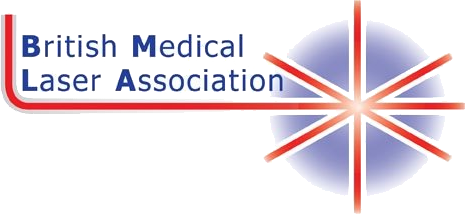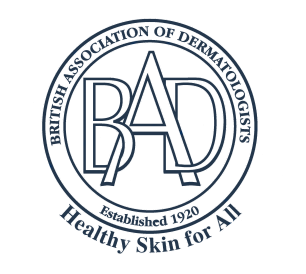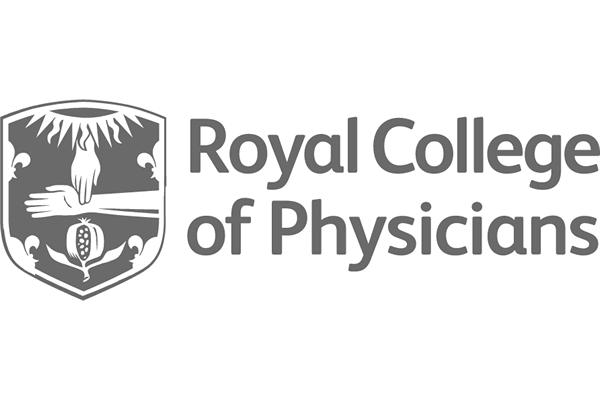Burn scars can profoundly impact physical appearance and emotional well-being. Burn scars often carry long-term consequences that extend beyond the skin’s surface and affect the surrounding skin. Proper scar management minimises the lasting effect of a burn injury and improves overall skin health.
This comprehensive guide explores the different types of burn scars, the stages of the healing process, and the best treatment options available. Understanding the process of scar formation and the methods for effectively treating burn scars is crucial for achieving optimal results in both appearance and comfort.
What are Burn Scars?
Burn scars are areas of fibrous tissue that replace normal skin after a burn injury. These scars form as the skin heals, and their appearance depends on the severity, depth, and type of burn. Burn scars result from damage to the skin layers, where the body produces excess collagen to repair the injured tissue.
The healing process can lead to different scar types based on the burn’s severity, ranging from minor discolouration to more severe scars like hypertrophic scars or contractures, which can limit movement.
Factors Influencing Scar Formation
- Depth of the Burn: Superficial burns (like first-degree burns) leave minimal scarring. In contrast, deeper burns (partial thickness and second-degree burns) can lead to more noticeable burn scarring.
- Location: Areas of skin over large muscles/joints tend to develop more bulky scarring e.g chest, elbows and knees.
- Skin Type: People with darker skin tones or those prone to hypertrophic burn scars may find that more pronounced scars develop.
- Burn Wound Care: How the wound is treated in the early stages of healing plays a considerable role in determining the extent of scar formation.
Stages of Healing
Healing from a burn happens in stages, and understanding each phase can help you better manage your scar and improve the outcome. The scar formation process varies with each stage and knowing what to expect is essential for effective treatment.
The Stages of Burn Wound Healing
- Inflammation Phase: The body’s natural response to a burn injury is inflammation immediately after the injury. This phase usually lasts a few days and is marked by redness, warmth, and swelling around the burned area. During this stage, white blood cells help fight infection and prepare the wound for the next wound-healing phase.
- Proliferation Phase: New skin cells form and replace the damaged tissue during this phase. You might notice that the burnt area begins to close up as new tissue develops. Collagen fibres are produced, but excessive production can lead to raised scars such as hypertrophic or keloid scars. Proper scar management, including moisturising with aqueous cream and silicone gel sheets, can help control the formation of abnormal scarring.
- Remodelling Phase: The remodelling phase can last several months or even years, depending on the severity of the burn. During this time, the new tissue continues to mature and strengthen but can also contract, leading to scar contractures. Regular scar massaging and compression garments may be recommended to keep fibrosis flexible and reduce the risk of tightening. It’s also essential to keep the burn scar moisturised and protected from sun exposure during this stage to promote better healing and more natural-looking skin.
Treatment Options for Burn Scars
Treating burn scars requires a combination of approaches depending on the severity and type of scarring.
From topical treatments to advanced medical procedures, here’s a look at some of the most effective options available to help reduce the appearance of burn scars and improve skin texture.
Non-Invasive Treatments
- LPG Endermologie: LPG Endermologie is a mechanical device that massages the scar using a variety of settings and handpieces. LPG can improve the look and feel of scars caused by burns, and it is especially effective in enhancing the flexibility (pliability) of the scar.
- Scar Massage: Scar massage techniques to reduce collagen production, improve the pliability of the scar and mobilise the scar to make it freer and more relaxed.
- Silicone Gel and Sheets: Silicone gel sheets are widely recommended for handling burn scars, especially hypertrophic burn scars and keloid scars. These products work by hydrating the scar tissue and creating a protective barrier that helps flatten raised scars and reduce redness.
- Scar Creams: Keeping the scar moisturised is vital to preventing it from becoming dry and tight. Products containing ingredients like aloe vera can help soften the skin.
- Pressure Garments: For more extensive or severe scars, pressure garments can flatten and smooth the scar tissue. They apply even pressure, which can help reduce the thickness of hypertrophic scars and prevent scar contractures.
Medical Procedures
- Laser Therapy: Laser therapy is one of the most effective methods for reducing the appearance of significantly raised or discoloured burn scars. It targets the blood vessels in the scar tissue, helping to lighten the scar and smooth the skin’s texture.
- Radiofrequency Microneedling: Microneedling involves creating tiny punctures in the scar tissue to stimulate collagen production and promote a more even skin texture.
- Steroid Injections: Steroid injections help reduce inflammation and soften the scar tissue, making it flatter and less visible. They are particularly effective for raised and itchy scars. Treatment plans usually involve a series of injections over several months.
Advanced Scar Management Techniques
- Scar Revision Surgery: Scar revisions are performed by making an incision around or within the burn scar, removing and / or rearranging tissues. The results are an improved appearance of the scarring and in some cases, function too.
- Skin Grafting: Skin grafting involves taking healthy skin from another part of your body (a split-thickness skin graft) and transplanting it over the burned area. A skin graft not only improves the scar’s appearance but also restores functionality if the burn has affected mobility.
- Surgical Needling: Surgical needling uses a roller which is passed over the scar a number of times producing pinpoint bleeding. Surgical needling can improve the texture, pigmentation and volume of the burn scar.
- Tissue Expansion surgery: Tissue expansion promotes the growth of healthy skin and replace damaged tissue caused by burns. During tissue expansion surgery, a silicone balloon expander is inserted under the skin near to where the area needs to be repaired. The balloon is inflated to stretch and grow new skin which is then distributed over the burn area to be treated.
Choosing the right treatment option depends on the type of scar, its location, and your overall health. Consulting with a specialist at The London Scar Clinic ensures you receive a tailored treatment plan that addresses your unique needs and goals.
Beyond the physical impact of burn scars, self-consciousness, low esteem and embarrassment are just some of the mental challenges associated with burn scars too. At The London Scar Clinic there is a dedicated psychological team providing professional support. The team includes counsellors, therapists, clinical psychologists, psychiatrists and cognitive behavioural therapists (CBT) to support through a trauma.
Why Choose The London Scar Clinic?
The London Scar Clinic is one of the country’s only scar treatment centres and we specialise in advanced scar management techniques tailored to individual needs. Whether dealing with complex scarring from burns or seeking advice on the best treatments for newly healed burn scars, our team of experts provides personalised care and guidance.
We offer a comprehensive range of treatments, from non-invasive options like silicone therapy and scar massage to more specialised interventions such as skin grafting and laser therapy. Your journey to smoother, healthier skin starts with professional support and a treatment plan designed just for you.
If you’re unsure whether your scar requires attention or are ready to explore tailored solutions, contact us here for professional advice.
Conclusion
Dealing with burn scarring can be challenging, but the right scar management approach can significantly improve your skin’s appearance and feel. Understanding the different types of burn scars, the stages of healing and exploring effective treatment options can lead to better outcomes.
Remember, each burn and scar is unique, so finding the best treatments for your situation is essential. Early intervention and consistent care, such as moisturising, using silicone gel sheets, and protecting your scar from sun exposure, can make a noticeable difference in how your scars heal. For more severe burns, or if you’re dealing with hypertrophic burn scars, keloid scars, or scar contractures, professional treatments like laser therapy, skin graft, and steroid injections might be necessary.
At The London Scar Clinic, we’re dedicated to guiding you through every step of your healing process. Whether seeking advice on treating a new burn scar or seeking long-term management solutions, our expert team is here to help.
Feel free to contact us to learn more about our treatments or discuss your needs. We’re here to help you find the best path toward healthier, smoother skin.


